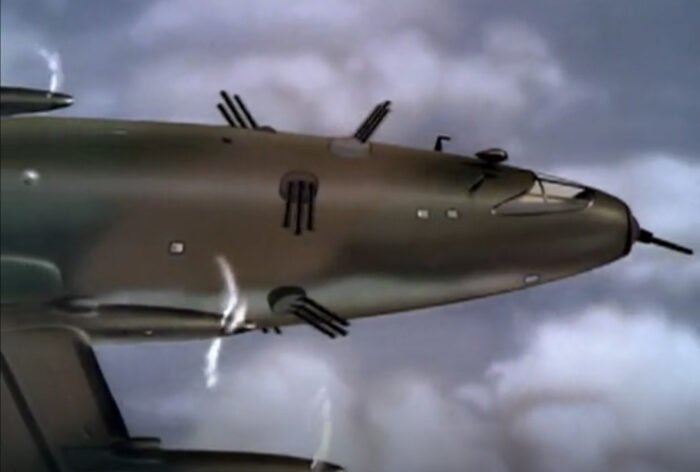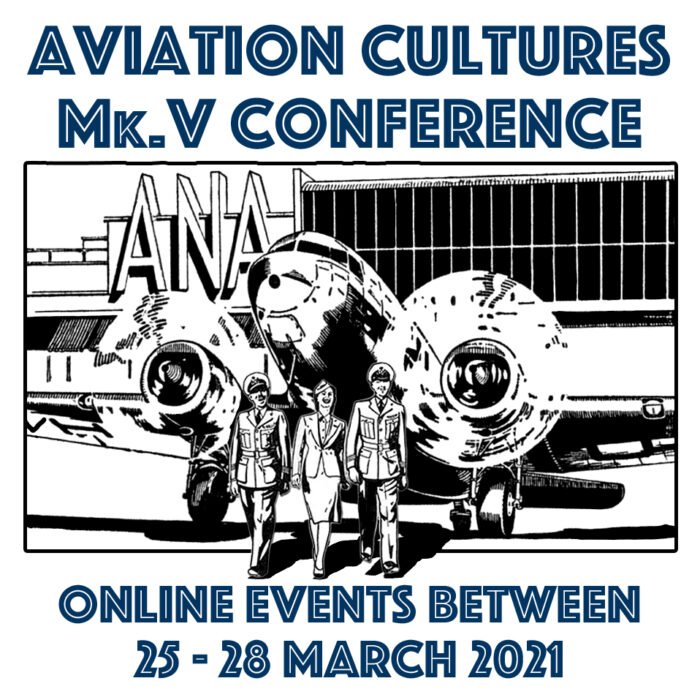Publication and self-archive: ‘@TroveAirRaidBot, a 24/7/365 research assistant’
I have a short, non-peer-reviewed article about Trove bots coming out in History Australia as part of a special issue on Trove; the advanced access version has just been published. Here’s the abstract: Like many other historians I use Trove for both targeted searches and exploratory ones, which in itself has revolutionised my historical research […]










